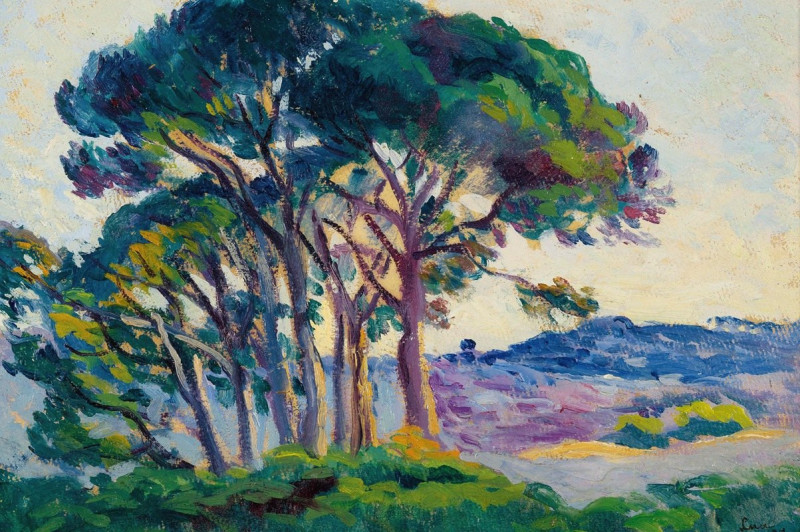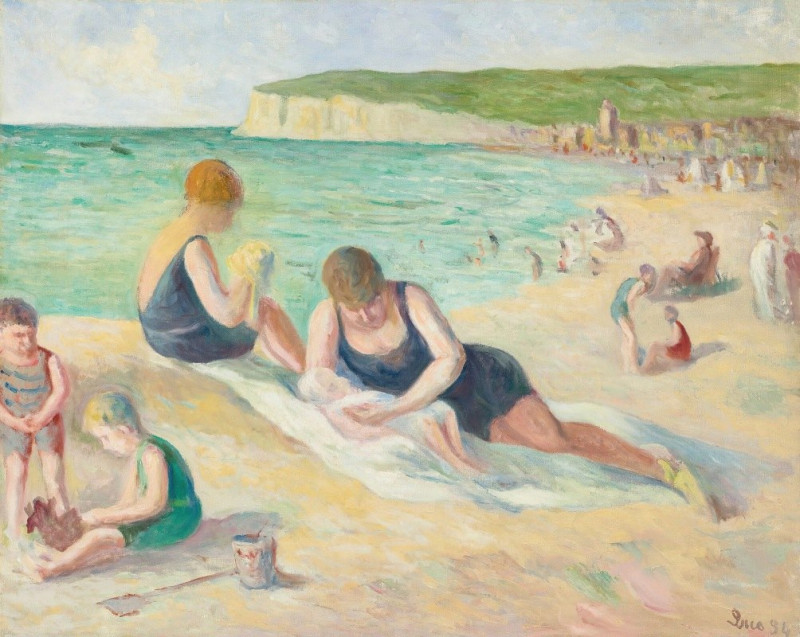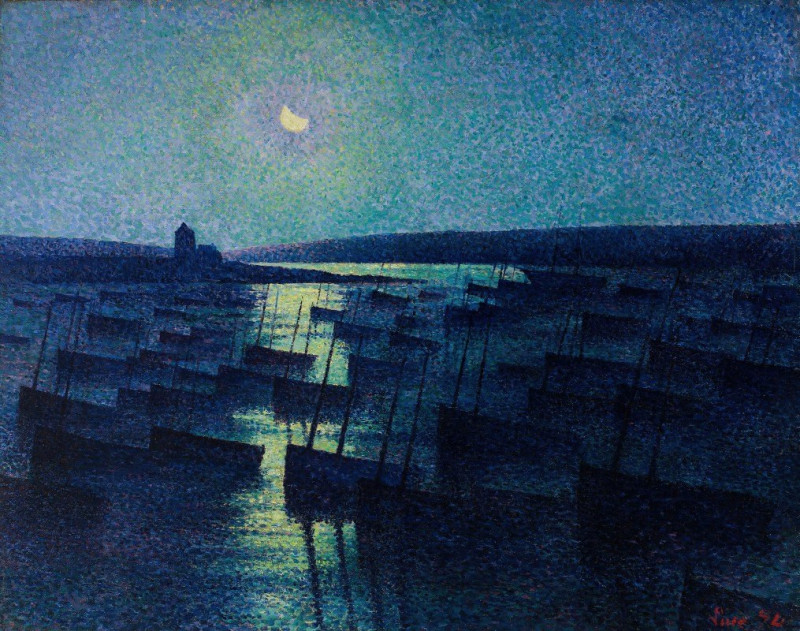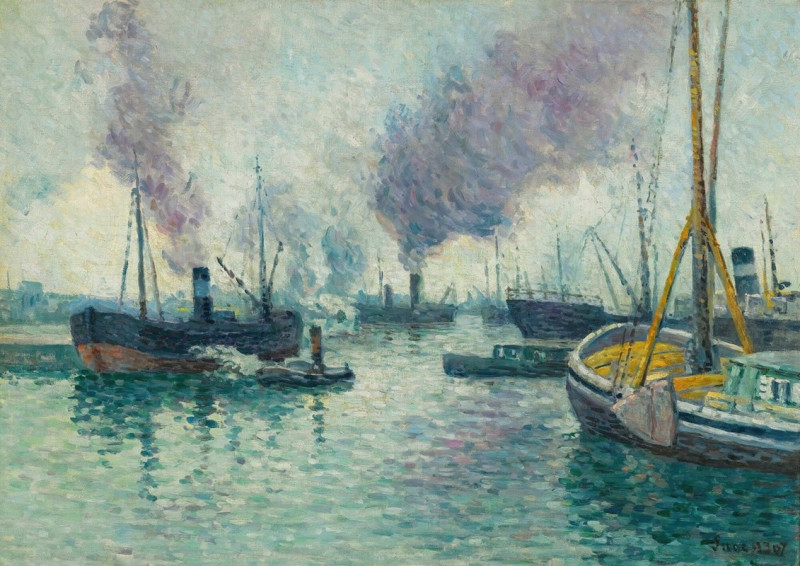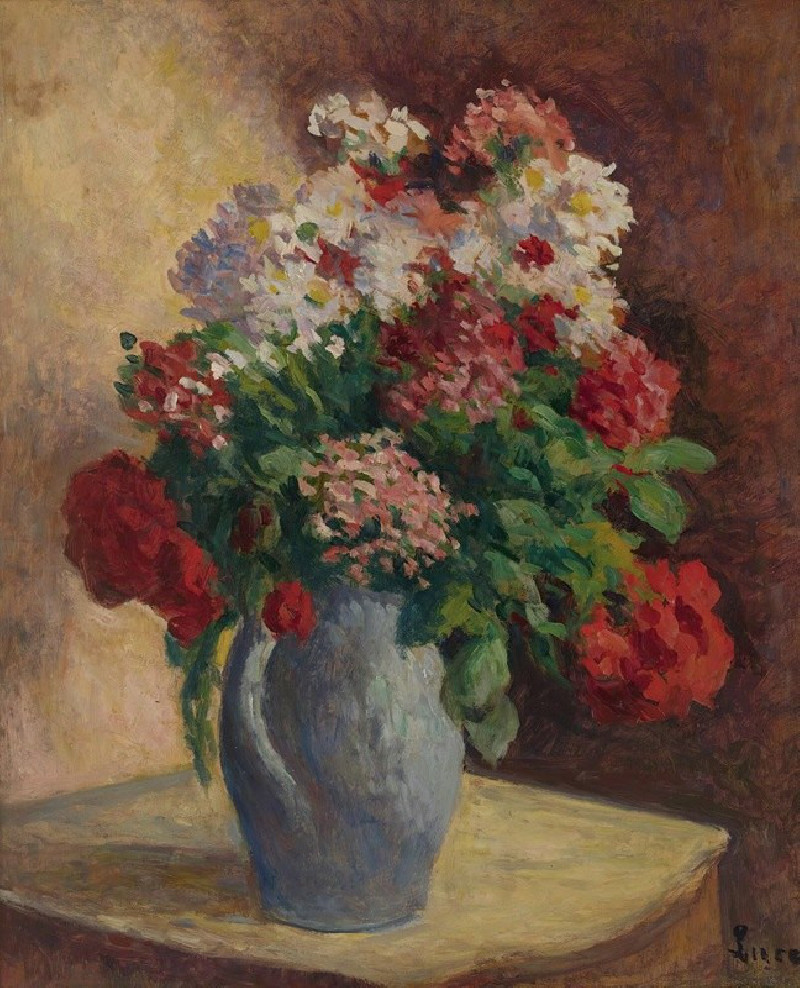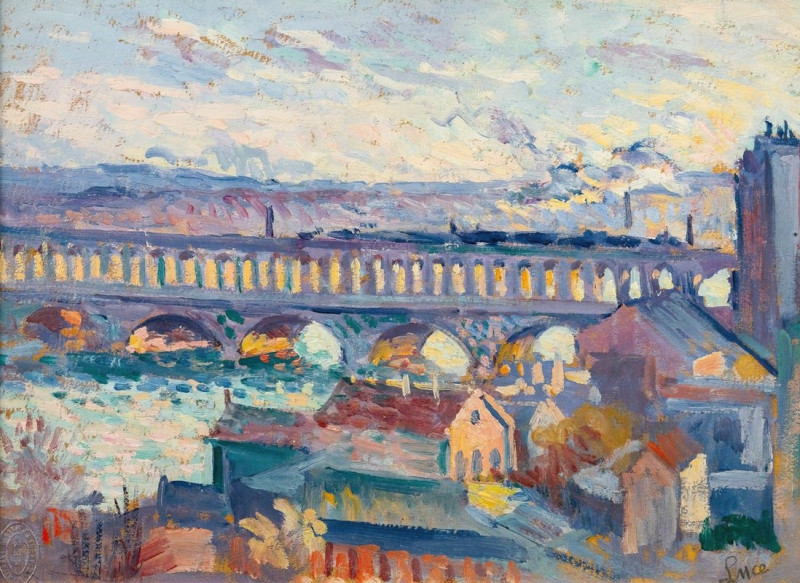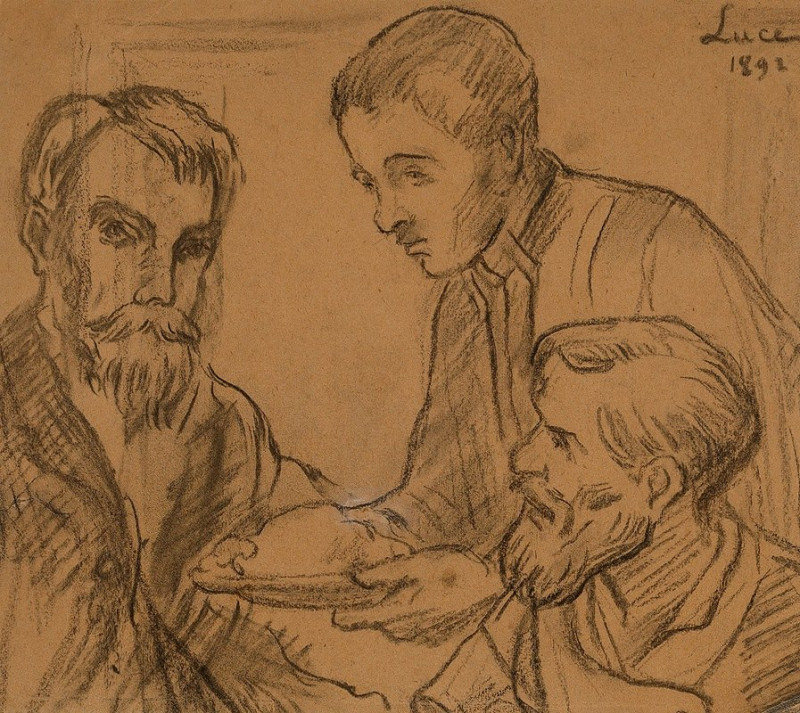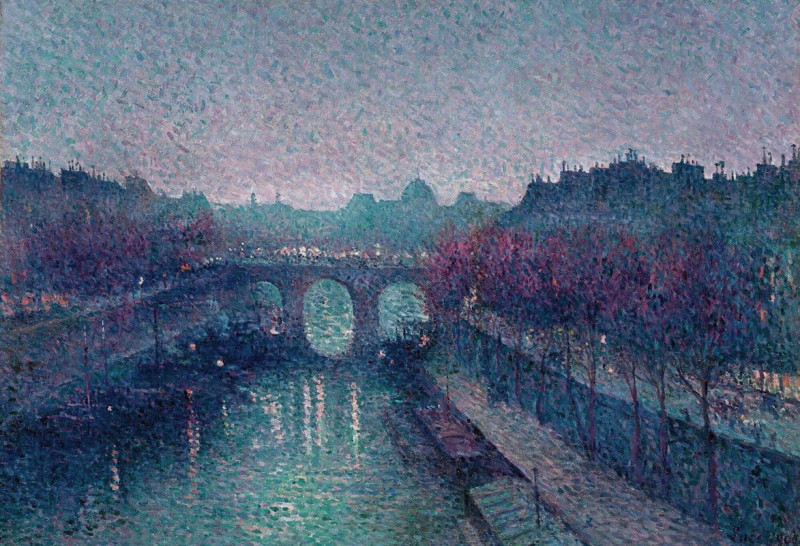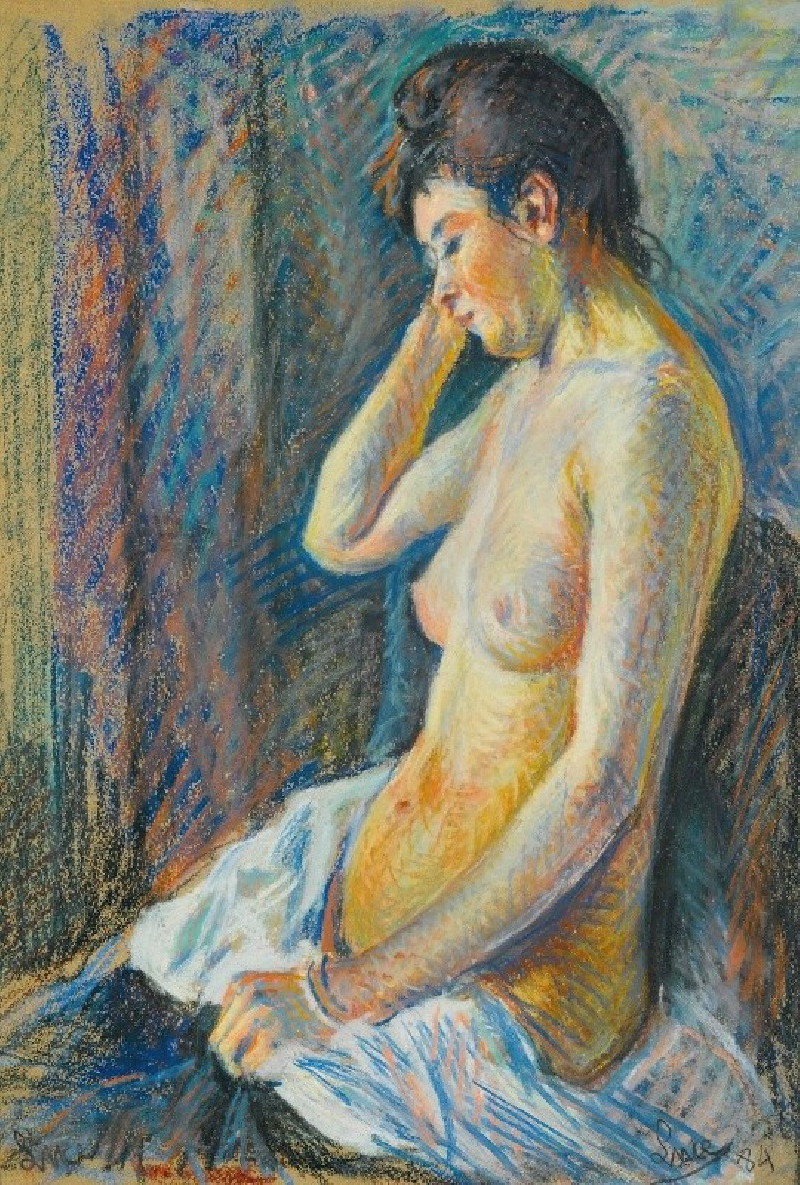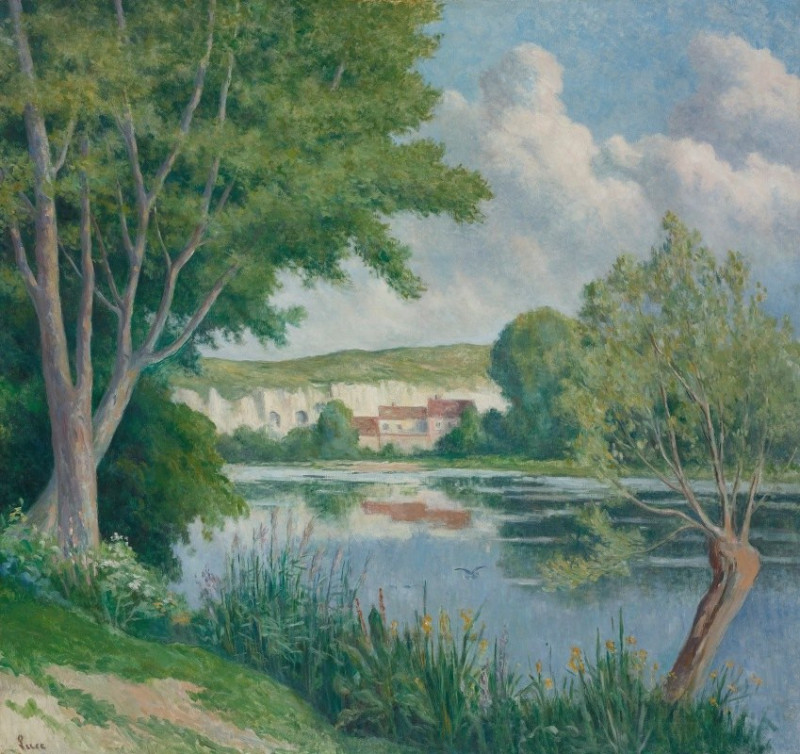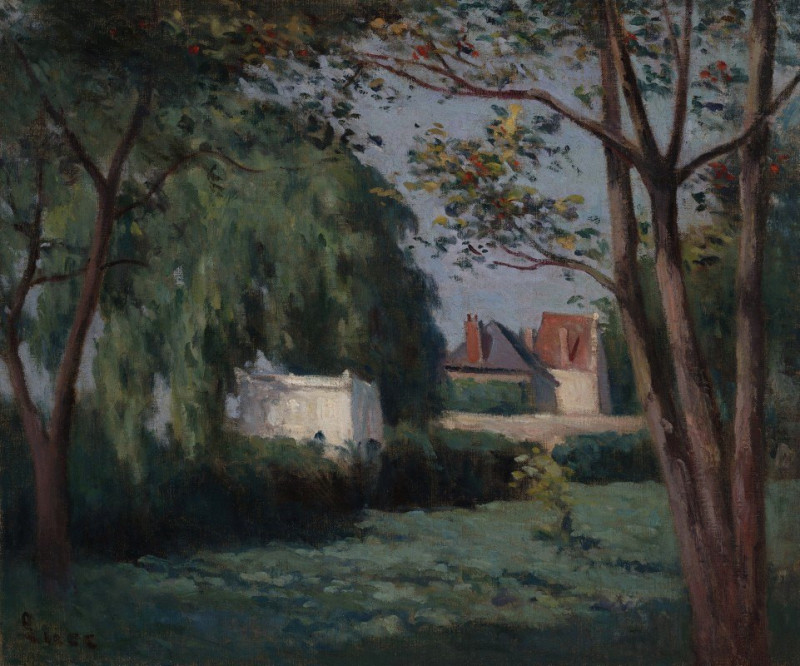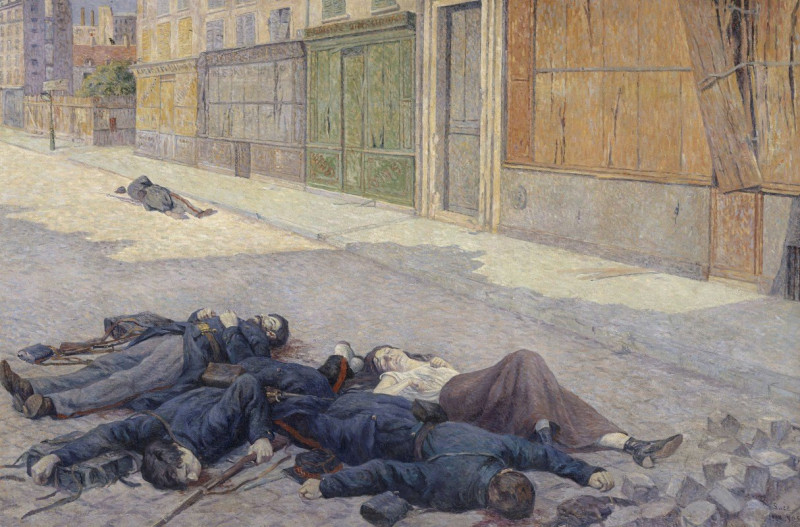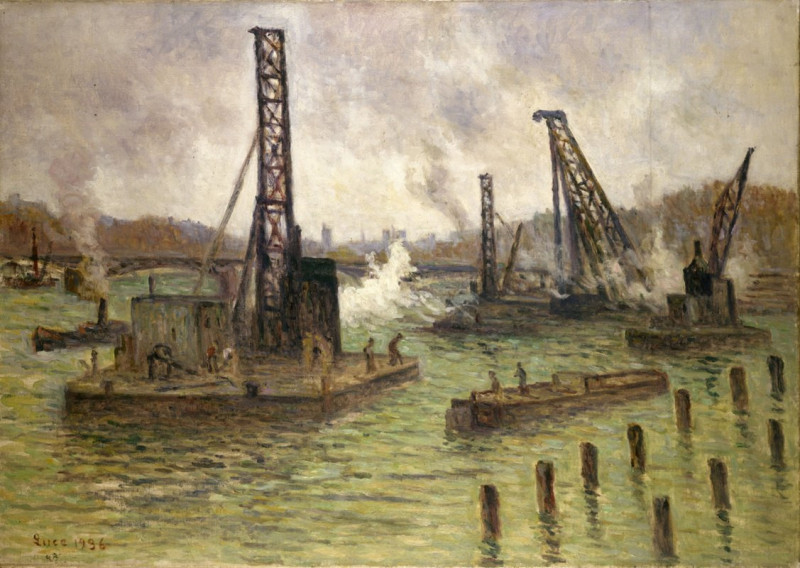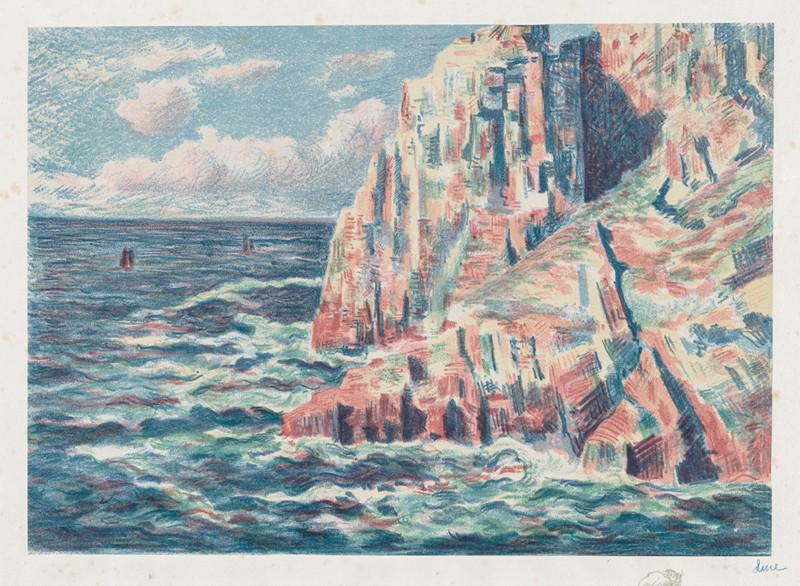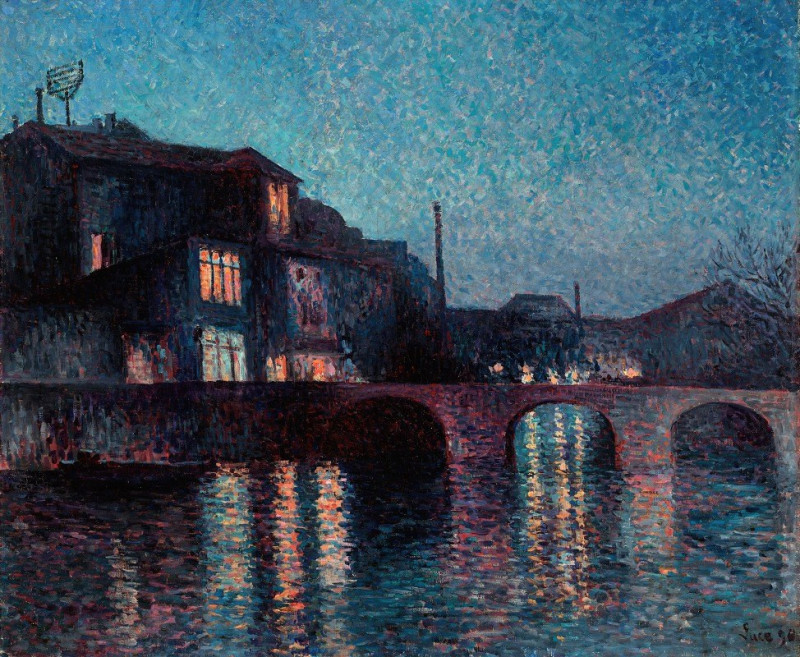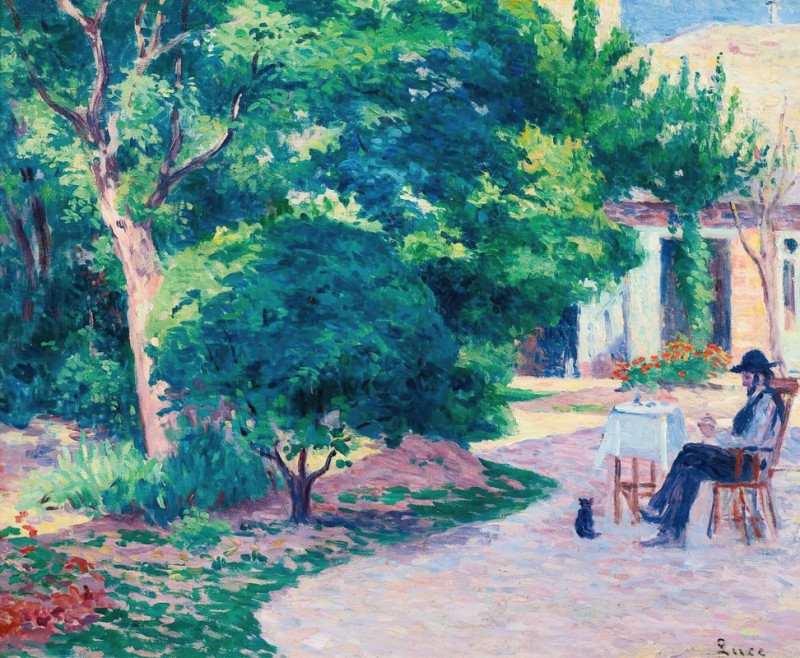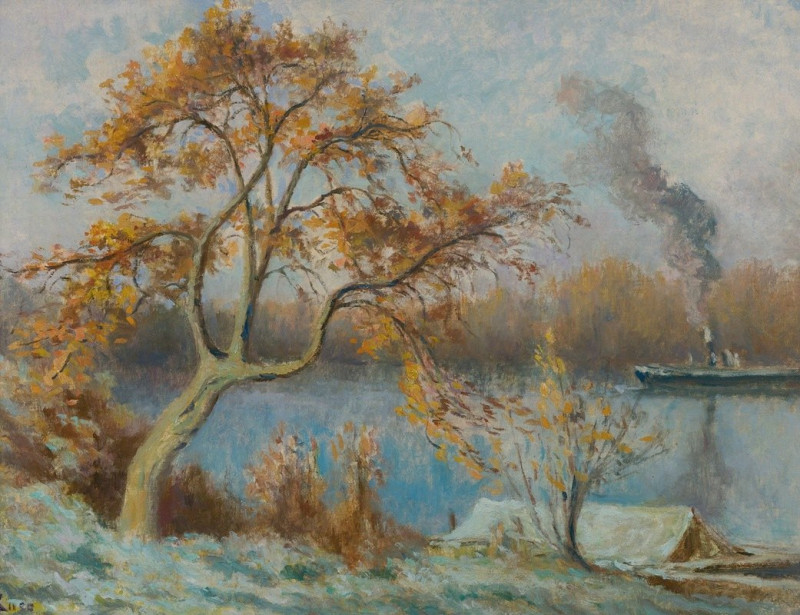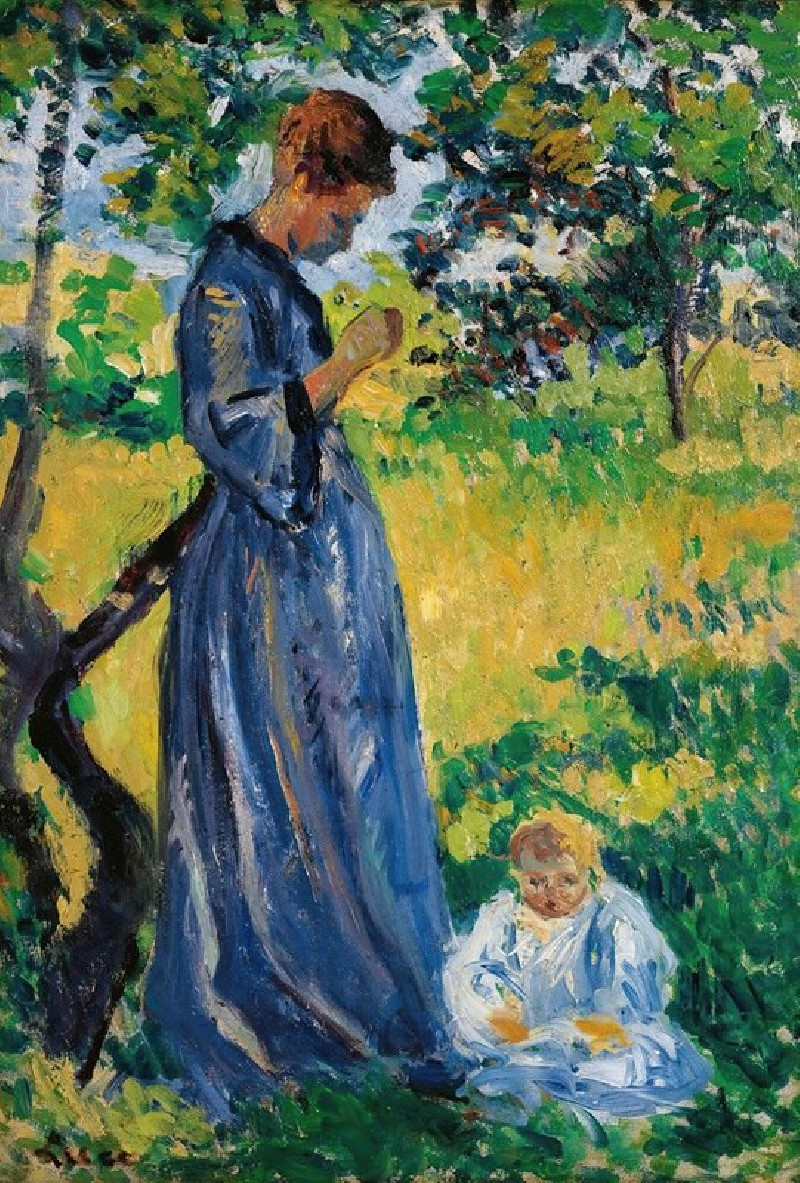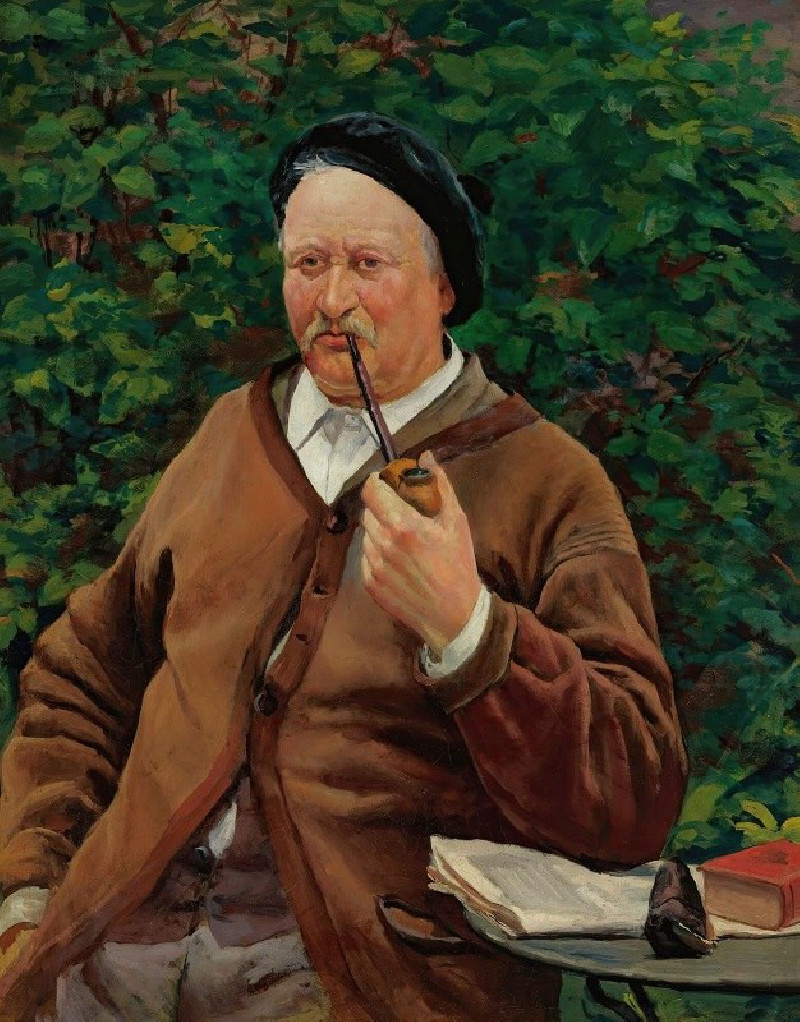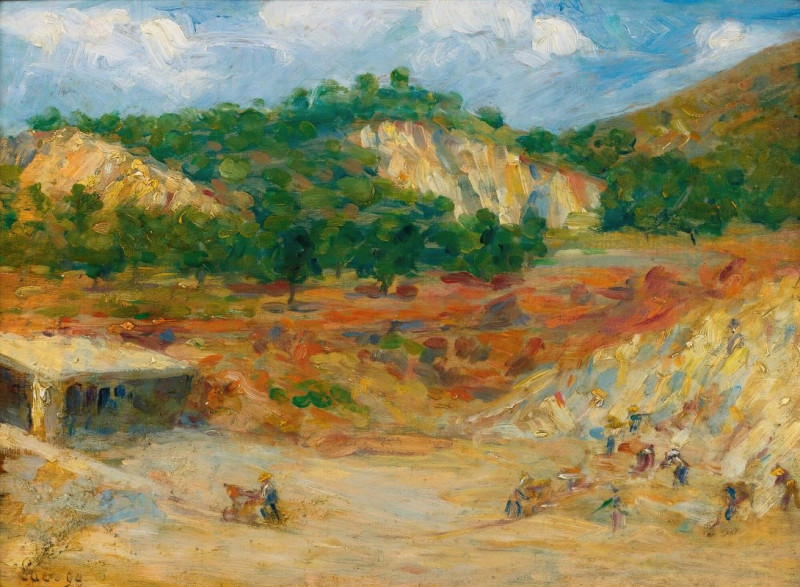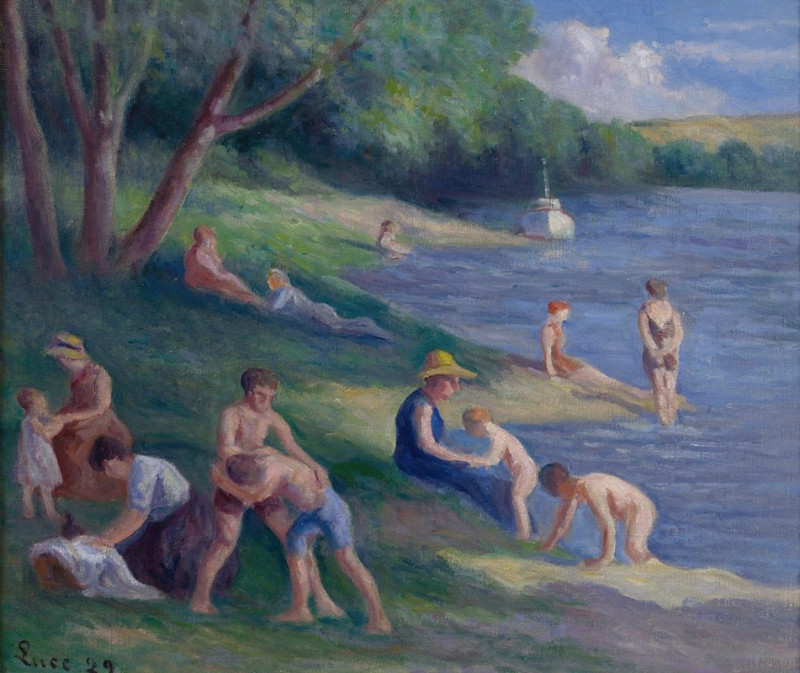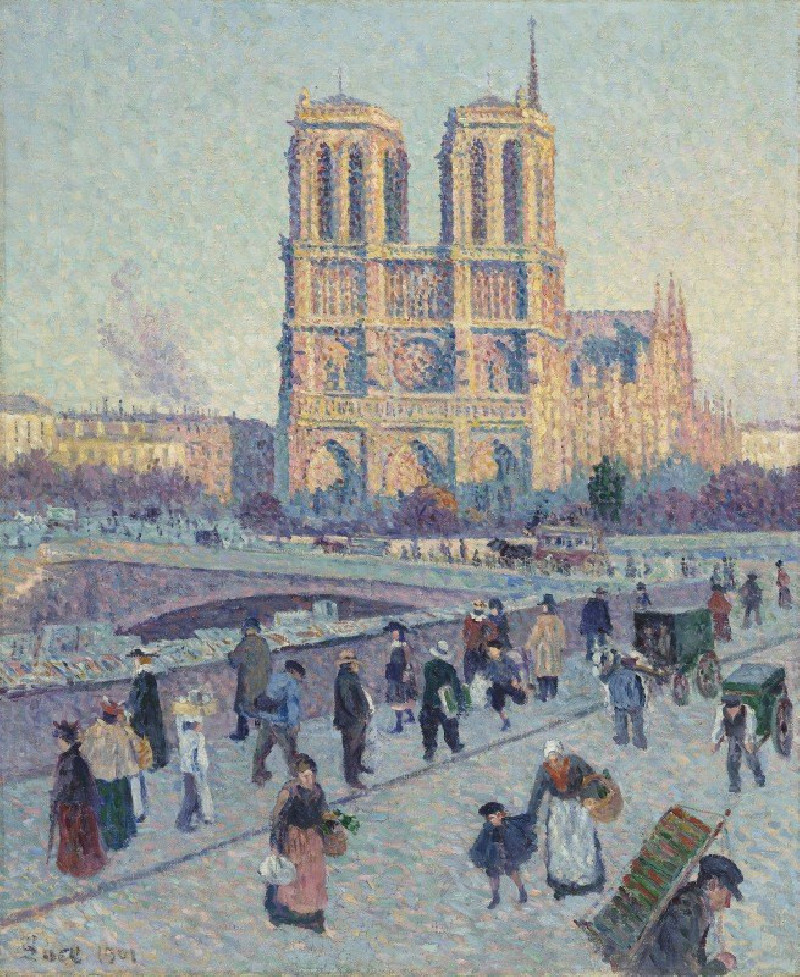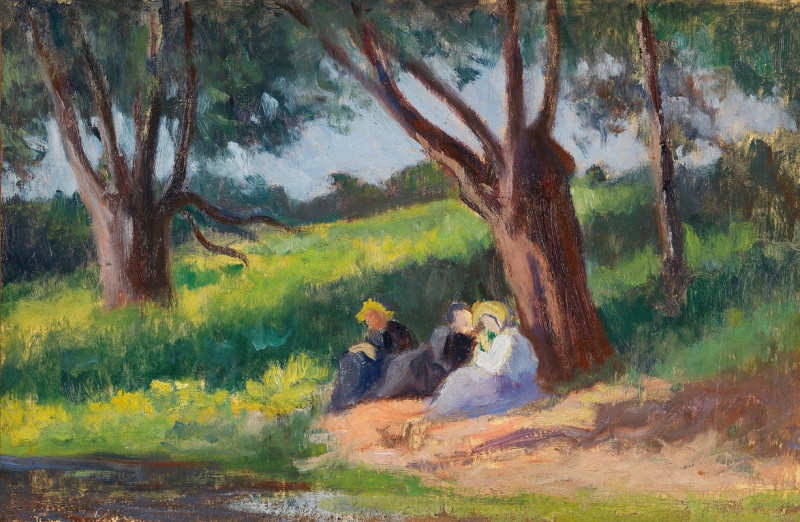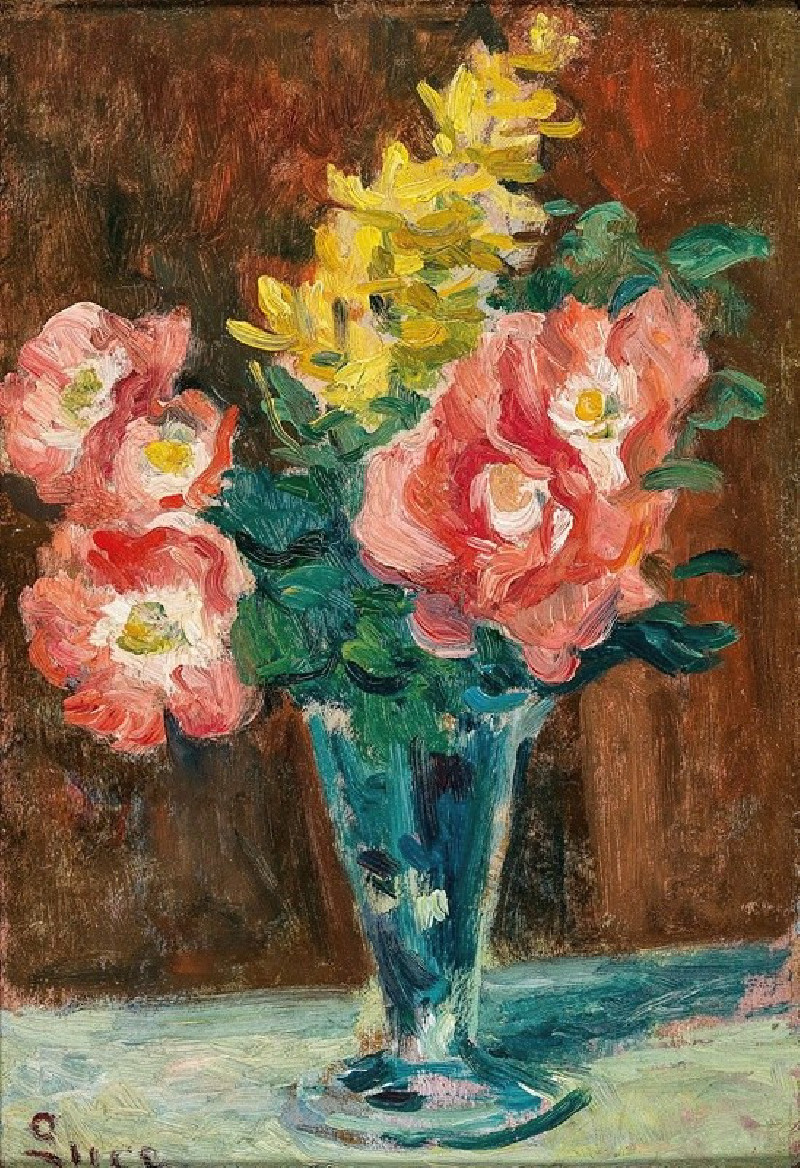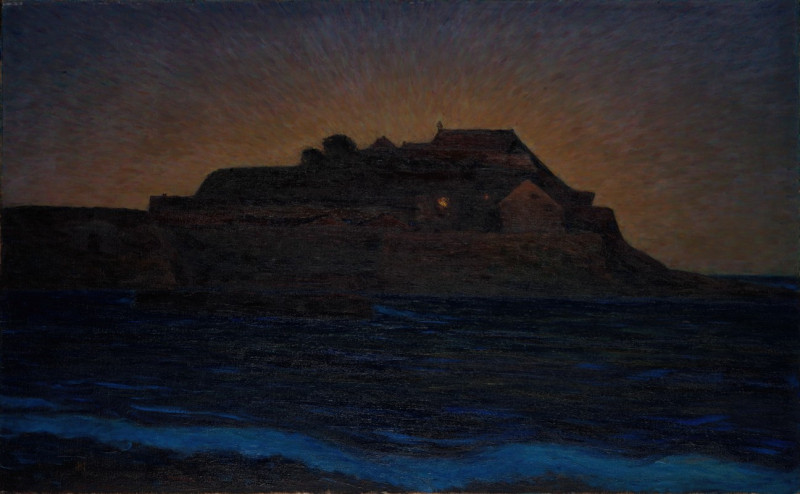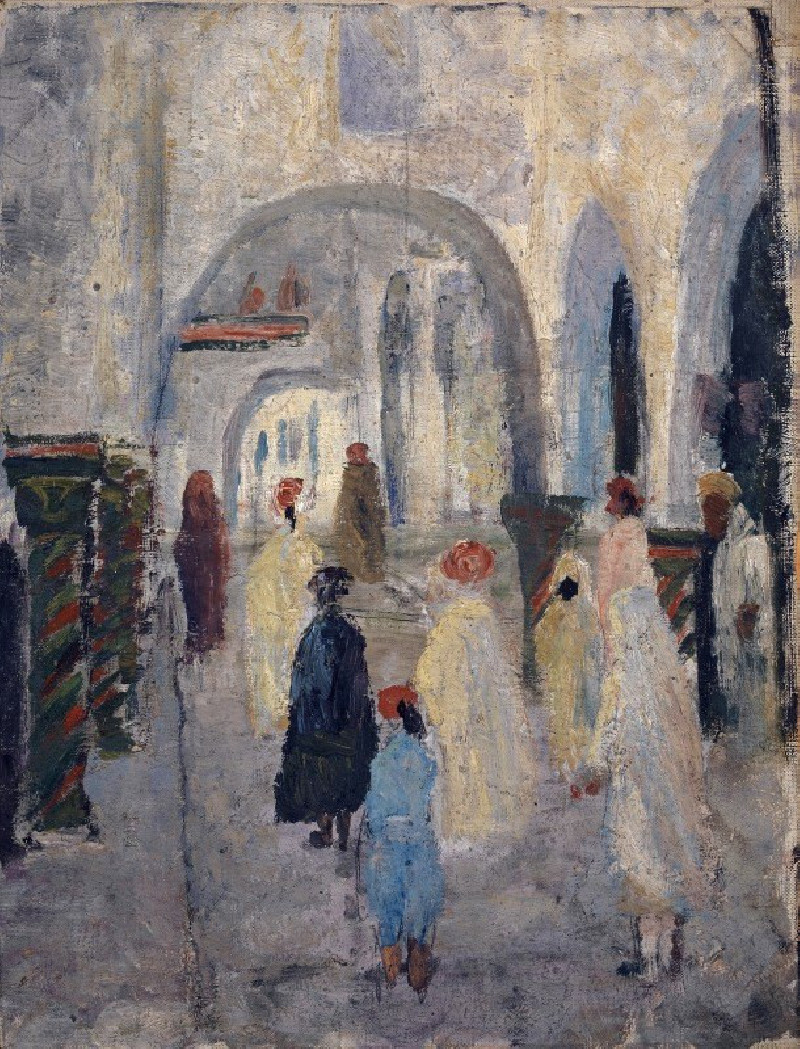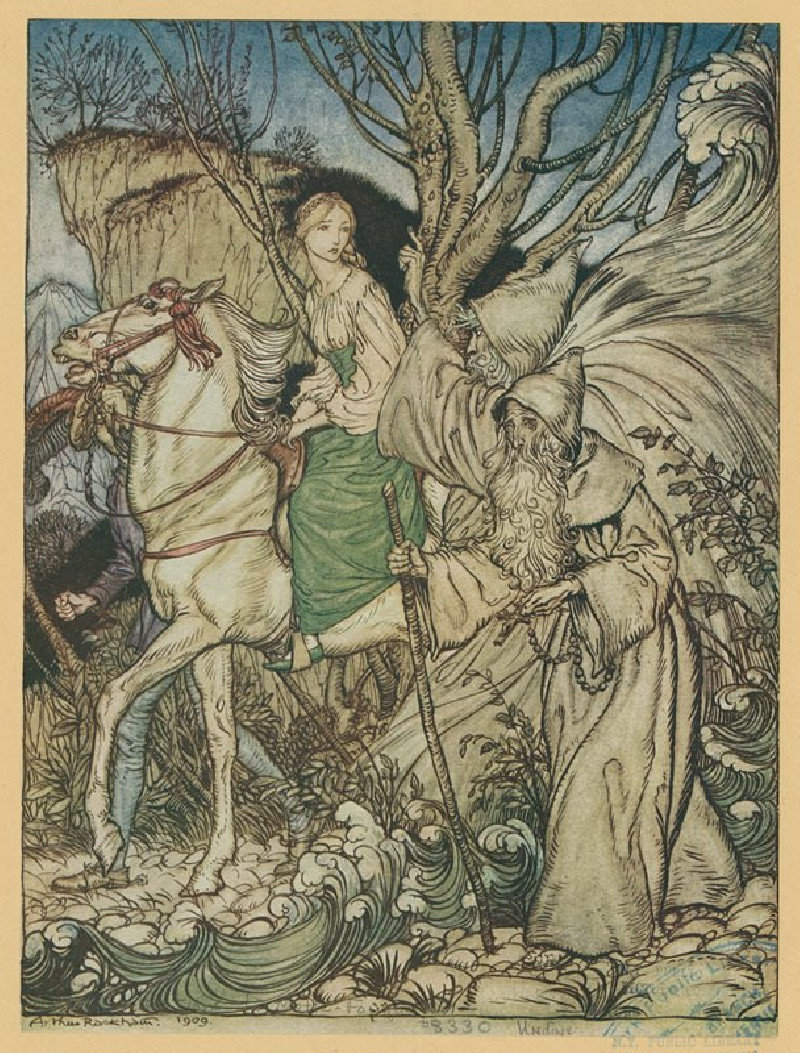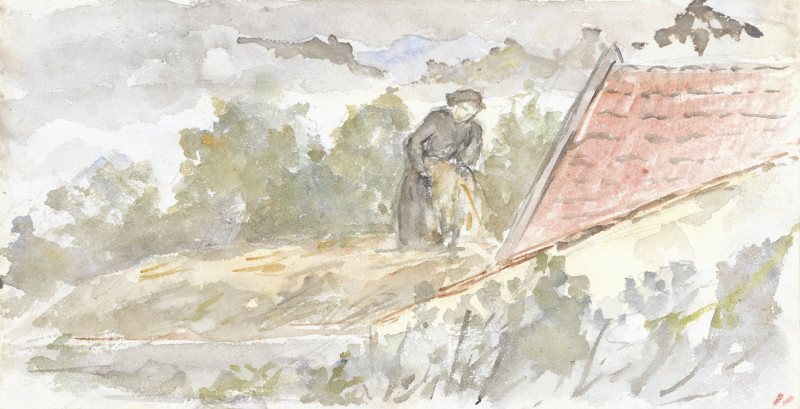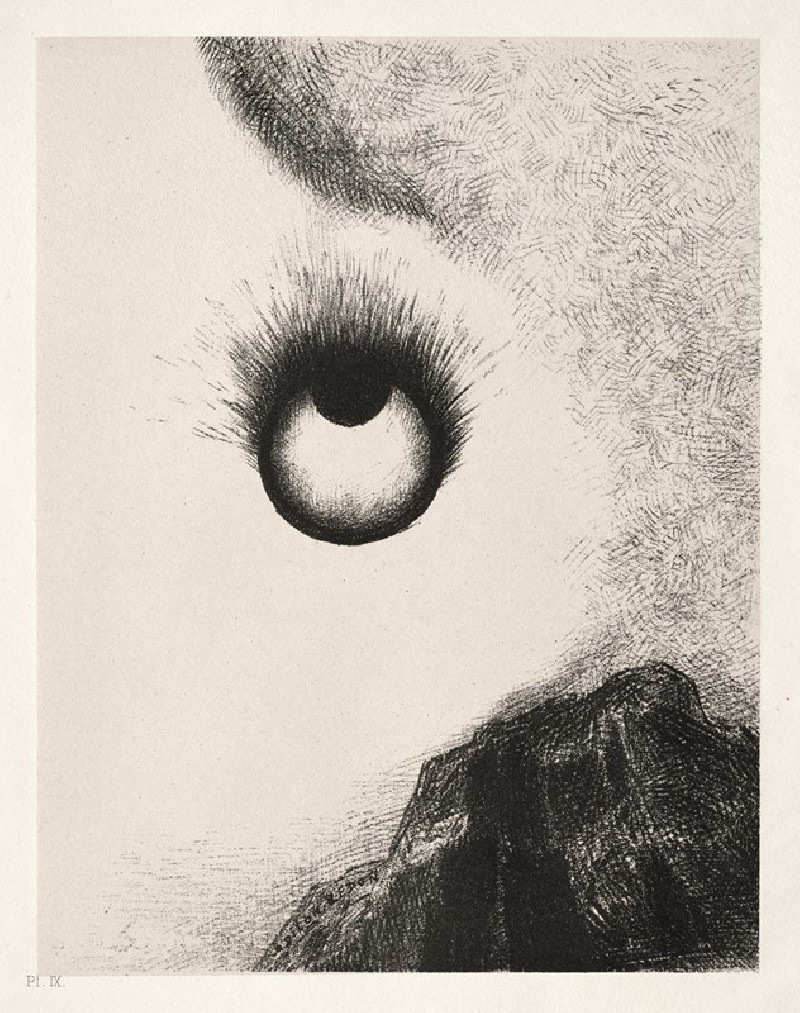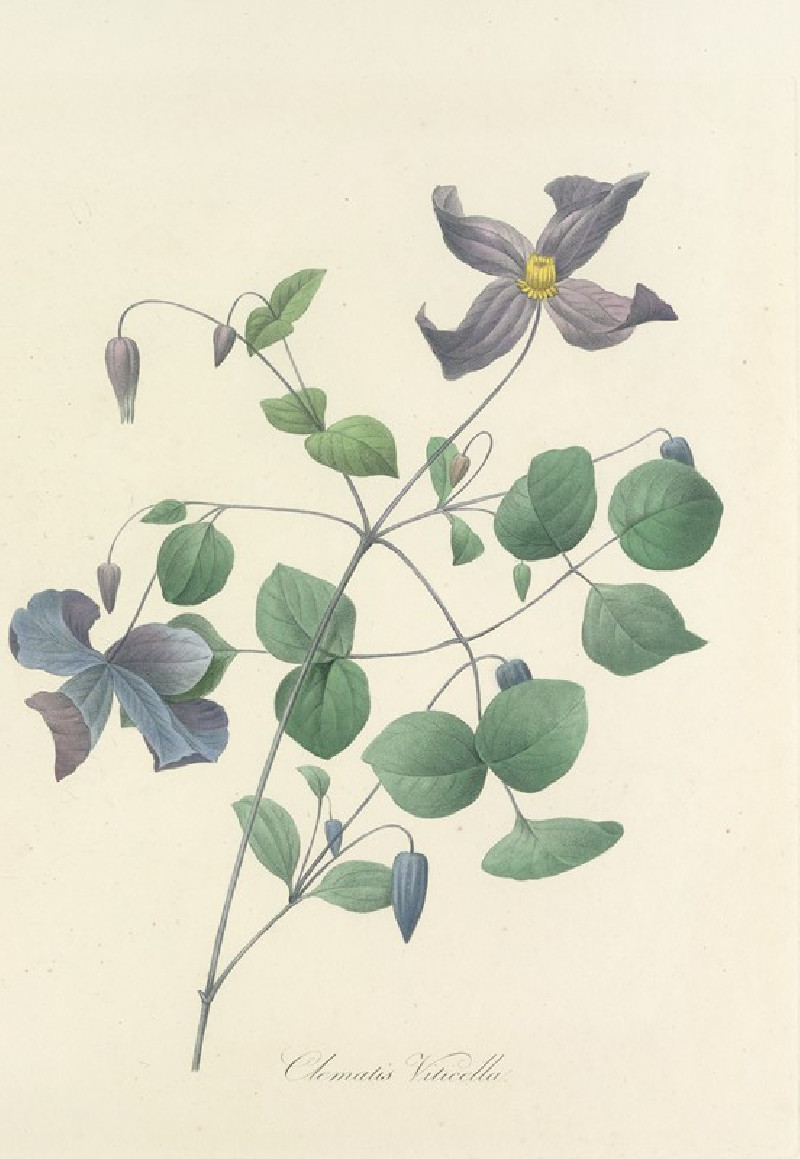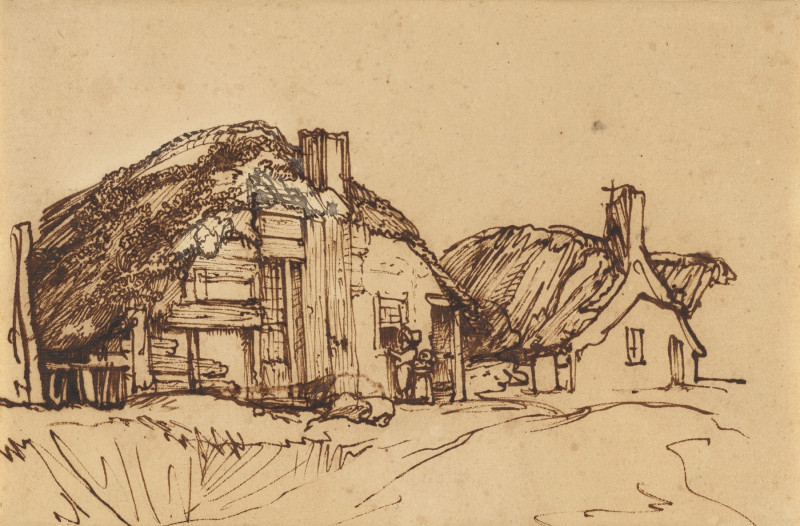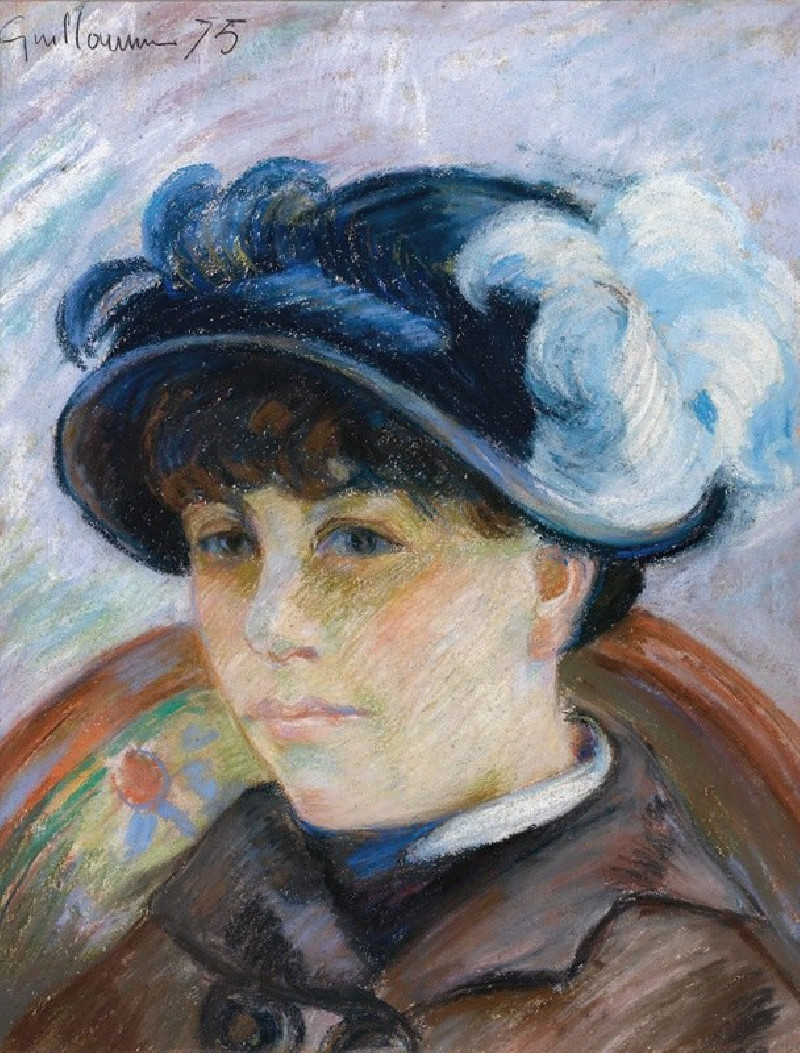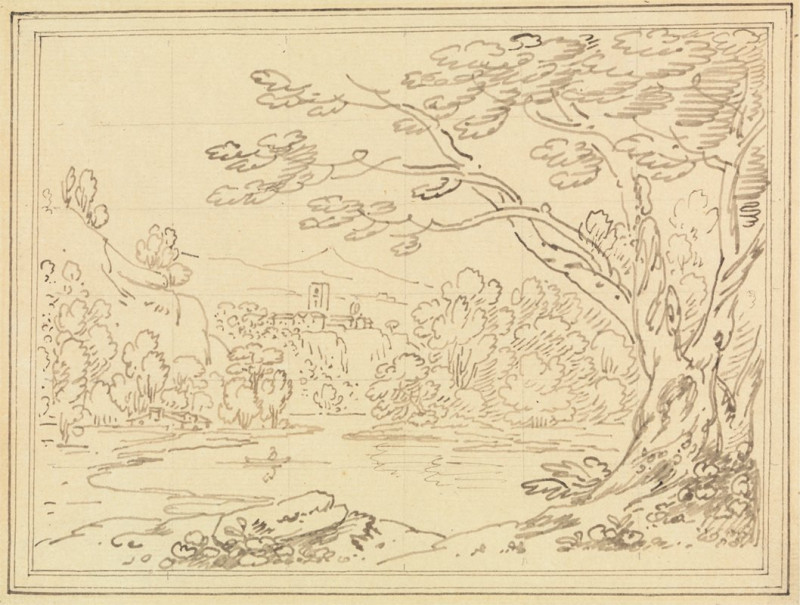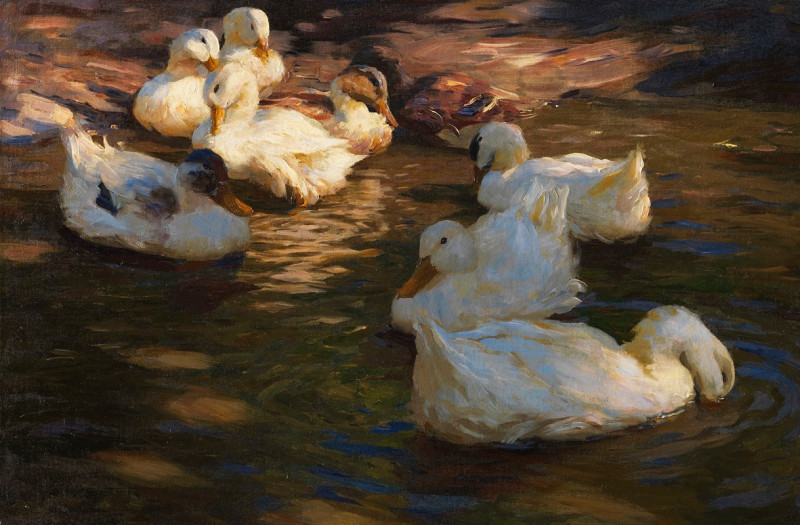Pins Aux Cannebiers (1903)
Technique: Giclée quality print
Recommended by our customers
More about this artwork
Maximilien Luce's 1903 painting "Pins Aux Cannebiers" is a vivid depiction of a cluster of pine trees overlooking a serene landscape. This artwork showcases Luce's masterful use of color and texture to capture the natural beauty and rugged terrain of Cannebiers Bay. The rich, thick brushstrokes create a dynamic and almost tactile experience, revealing the influence of the Neo-Impressionist style on Luce’s technique.In "Pins Aux Cannebiers," the viewer is led into the scene by the strong verticals of the pine trees, which stand prominently against a soft, impressionistic background of hills and sky. The colors are variegated and intense; deep greens and blues dominate the foliage and landscape, while dashes of yellow, purple, and white enliven the scene and convey the interplay of light and shadow typical of Luce's work.This piece not only represents a beautiful natural setting but also exemplifies the emotional power and vibrant energy that Maxilien Luce consistently brought to his landscapes.
Delivery
Returns
Maximilien Luce was a prolific French Neo-impressionist artist, known for his paintings, illustrations, engravings, and graphic art, and also for his anarchist activism. Starting as an engraver, he then concentrated on painting, first as an Impressionist, then as a Pointillist, and finally returning to Impressionism.

